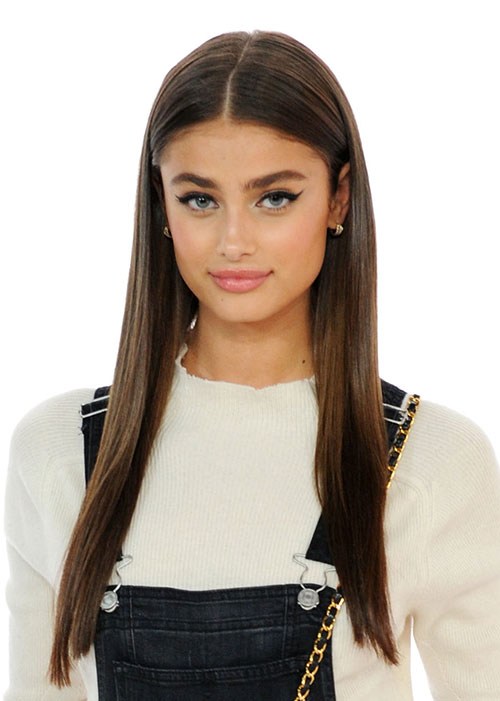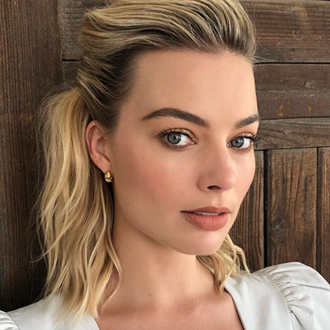Everything you need to know about keratin treatments
If you’ve always battled with frizzy, unruly or coarse hair that never seems to cooperate, there’s a good chance a keratin treatment (also known as a keratin smoothing treatment or Brazilian keratin treatment) has popped up on your radar at one point or another. And with promises of smoothing strands, repairing damage, reducing frizz and boosting shine, we can’t say we’re surprised that using keratin for hair has become so popular.
But while the process can undoubtedly deliver impressive results, it’s also been widely criticised for its use of potentially harmful ingredients. Which begs the question – should you or shouldn’t you try a keratin treatment? We spoke to Antonio Kozmas, who’s a keratin treatment expert (his salon Jerusalem Keratin in Bondi specialises in keratin straightening) to find out more about the process.
What is a keratin treatment?
A keratin treatment is an in-salon solution that can be applied to your hair to nourish, smooth and straighten unruly and curly hair for up to three months. Kozmas explains that while keratin is a protein naturally found in our hair that provides a protective shield around the hair follicle, exposure to the sun, pollution and heat styling tools can cause damage to that shield, leaving hair brittle, lifeless and frizzy. As such, smoothing treatments formulated with keratin can help repair damaged hair follicles, as well as condition and revive dull-looking strands.
Sounds pretty good, right? Before you go Googling 'keratin treatments near me', there's more you need to know about keratin treatments.
While keratin is an integral component of all the best keratin treatments, it’s not the only ingredient hard at work. Despite its effectiveness at nourishing strands, it’s not able to change the natural texture of your hair to create the sleek and frizz-free look you’re after. That job is reserved for a number of other ingredients such as methylene glycol, formalin, methanal and methanediol. When your strands are coated in these chemicals, along with keratin, you’re left with repaired, straightened and frizz-free hair.
What the process involves
While the treatment process will differ slightly from salon to salon, Kozmas explains hair is generally washed and blow-dried first, then the keratin treatment is applied to the hair section by section with a fine-tooth comb. After leaving the solution to coat your hair for approximately 20 minutes, your strands will be blow-dried again and straightened to seal in the solution. Kozmas notes the whole process typically takes around an hour at his salon.
The approximate cost
The cost will vary depending on where you go and the length of your hair, however you can expect prices to start at around $200 per treatment.
How to prolong results
The semi-permanent results can last up to three months, but only if you follow the correct at home routine. Kozmas recommends that his clients don’t wash their hair for three days post-treatment to allow the solution to set. In the days after your treatment, you’ll also want to avoid tying your hair up or pushing it behind your ears, as doing so can create dents.
After the treatment has set, Kozmas suggests using a sodium and sulphate-free shampoo as sodium can dissolve keratin, and sulphates may strip the hair of the treatment prematurely. Kozmas has created a range of products including the Jerusalem Keratin Shampoo, Silver Shampoo, Conditioner, Moisturising Hair Mask and Hair Oil specifically for keratin-treated hair. Other products we love are Kevin.Murphy Hydrate-Me.Wash and Noughty Care Taker Scalp Soothing Shampoo.
Before and after images
To show you just how effective a keratin treatment can be, check out these before and after images from Jerusalem Keratin in Sydney’s Bondi:
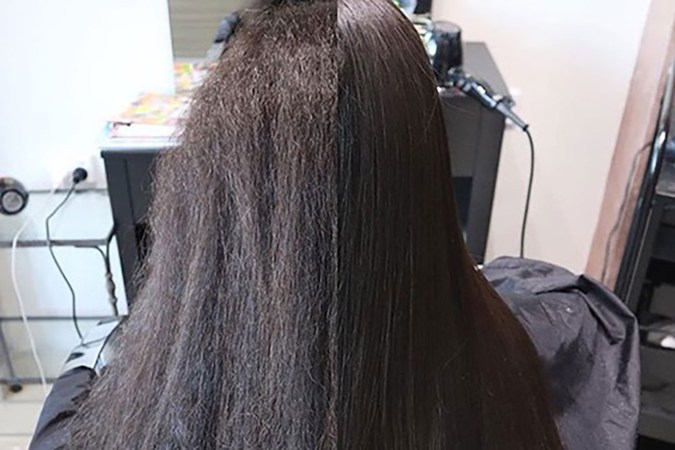
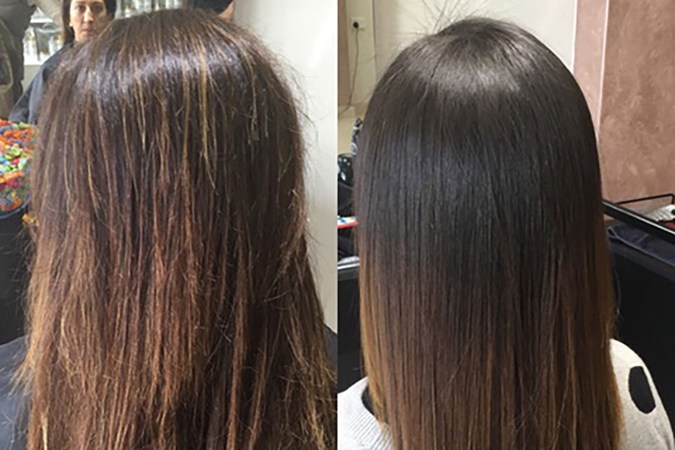
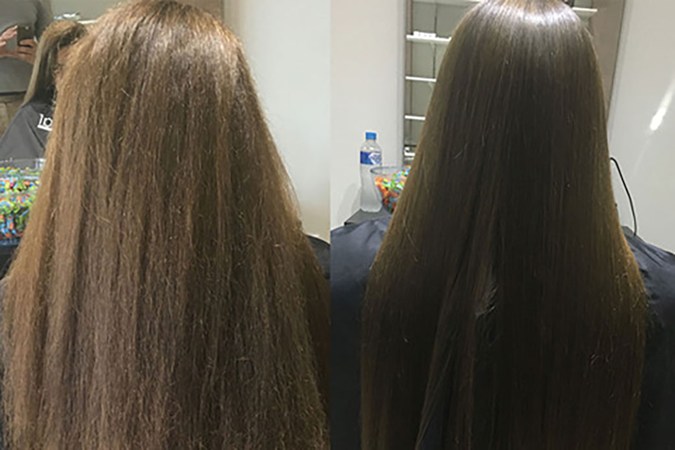
The controversy surrounding keratin hair relaxers
Despite their effectiveness, there are health concerns associated with some of the ingredients used in keratin treatments. Those chemicals in keratin treatments that help to straighten and de-frizz hair have been found to emit a gas called formaldehyde, which is a known carcinogen.
While the risks are scary and call into question whether getting a keratin treatment is worth it, there are claims that you’re unlikely to experience any harm if exposure is kept to a minimum. Unfortunately, until further research is done we won’t know for sure how safe traditional keratin treatments are. Our best advice is if you are getting them done, limit how many times a year you book in for this treatment, and ensure the process is done in a well-ventilated salon, preferably with open windows and doors.
Is there a safer alternative?
For those who still want to tame unruly strands but want to steer clear of formaldehyde altogether, smoothing treatments formulated with glyoxylic acid are the ones to try. Two keratin treatments formulated with glyoxylic acid are Goldwell’s Kerasilk and Cezanne. While being formaldehyde-free, glyoxylic acid treatments are not quite as powerful, so results don’t tend to last as long and they won’t soften your curls in the same way formaldehyde solutions can.
How to know if your salon uses formaldehydes
If you prefer not to be exposed to formaldehydes, ask your salon what active ingredients are being used in their keratin treatments. If they say methylene glycol, formalin, methanal or methanediol, you can expect formaldehyde gases to be emitted. Alternatively, if they say they use a solution with glyoxylic acid, you can rest easy that the formula is formaldehyde-free. And if they’re not sure what the active ingredients are, or if you’re not happy with their answer, jump online and do some research into the salon and read reviews to find out more.
Looking for more top hair tricks and tips? Then discover the best hairdressers in Sydney and learn everything you need to know about hair extensions.
Main image credit: Getty
Inset image credit: Jerusalem Keratin

Kate started working for BEAUTYcrew in early 2016, first as a contributor, and was then named Beauty Writer in 2017. She loves picking the brains of the industry's top experts to get to the bottom of beauty's toughest questions. Bronze eyeshadow palettes are her weakness and she's forever on the hunt for the perfect nude nail polish to suit her fair skin. Her words can also be found in Men's Health magazine, and she now works in PR.



